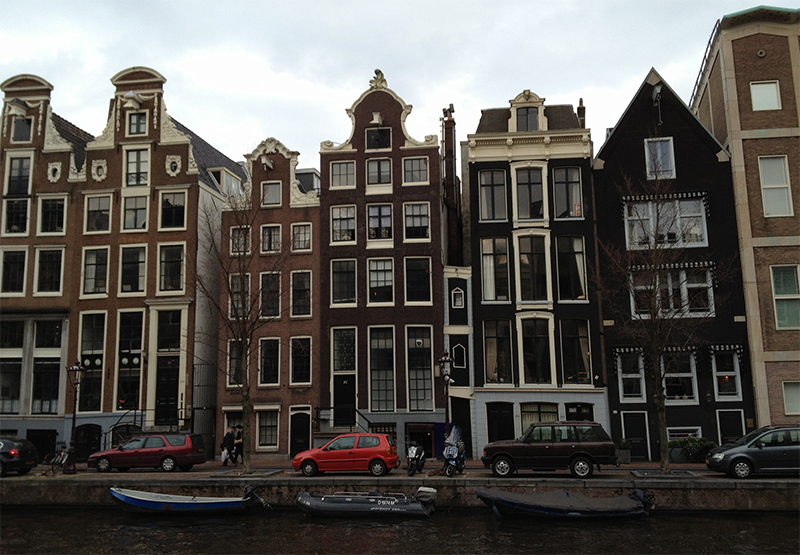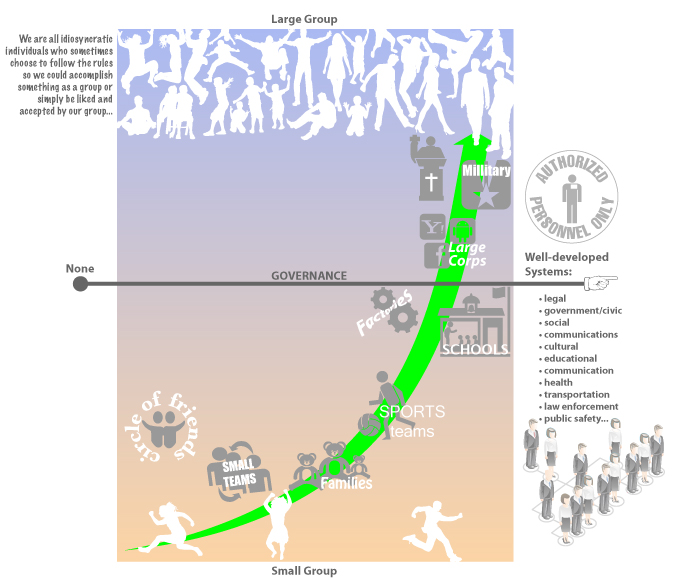
A couple of months ago, I went on the business trip to The Hague and Amsterdam. There are always cultural differences, especially when a person visits a previously unfamiliar place. And so it was with me. Here are two quirky examples. The Room with a View I’m not particularly prudish or modest, especially when staying alone in a hotel room. But this feature of my room in The Hague was a bit puzzling. The shower and toilet were connected to the room not only by a door (with lock), but also by a picture window. The window coverings were controlled from the OUTSIDE of the bathroom — so effectively, if you were sharing a room, you were at a whim of your roommate when it came to your toilet privacy. But perhaps that’s how they roll in The Hague… I should also add that directly opposite of the toilet window was the window to the outside — if you haven’t considered what internal lighting does to your visibility to the outside world in time, you are out of luck. The Double Action As a designer, most of my work in web-based. But this doesn’t stop me from being annoyed at…


